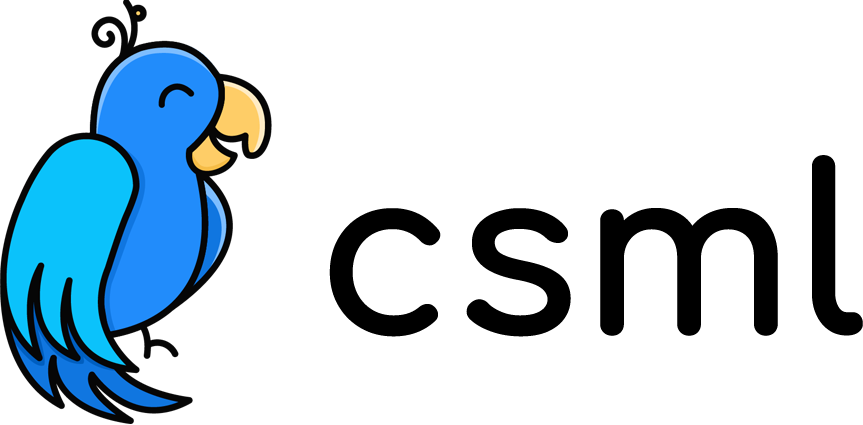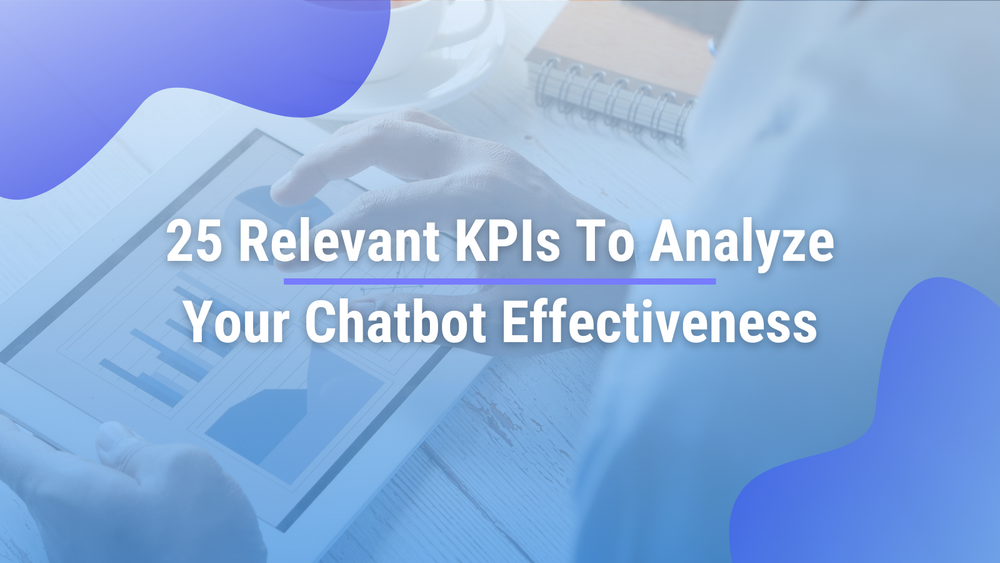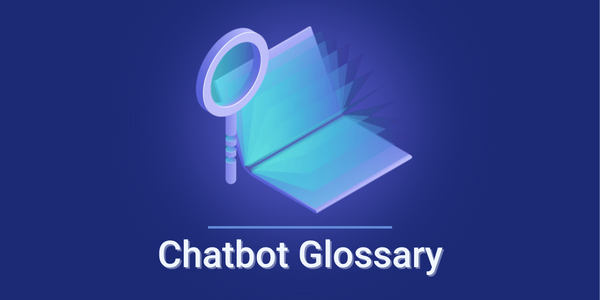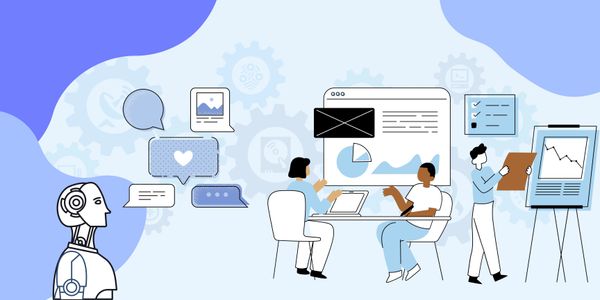25 Relevant KPIs to Analyze your Chatbot Effectiveness
Why Analyze your Chatbot Effectiveness with Relevant KPIs ?
Measuring and recognizing relevant KPIs are extremely important challenges for companies across all industries. Nowadays, many companies are using chatbots as a very good way to retain and attract new customers.
A chatbot is a channel that needs to be analyzed to know if its use is relevant to your business strategy. You can use the data-driven strategy which is making strategic decisions based on data analysis and interpretation.
In this article, you will be able to find 25 relevant KPIs to analyze your chatbot effectiveness.
Number of Users
The number of users over a given time period is one of the most essential chatbot KPIs to track. It allows you to know how many people have initiated a conversation with the bot, regardless of their initial motivation.
You can compare the total number of users with the sales volume or the total request number handled by all customer service channels. Thanks to this you will get a better idea of the efficiency and tools' visibility.
Number of Messages
The number of messages has to be calculated over a given period. You can set it on a daily, weekly, or monthly basis depending on your needs and your activity. This data allows you to evaluate over which period your conversational assistant has been the most solicited by users.
Conversation Duration
The number of interactions between the bot and each user (total number of incoming and outgoing messages from the beginning to the end of the conversation) as well as the total duration of the exchange are excellent quality indicators of a customer service chatbot, and make it possible to determine whether the conversation has been useful or not.
Activation Rate
Activation rate refers to the proportion of exchanges in which the user will send the bot a message relevant to your business objectives.
Example:
A conversational agent designed to provide weather information will have completed its task when its interlocutor communicates its geographical location.
Retention Rate
The retention rate is the proportion of users who will use your conversational agent several times in a given period of time, which will vary depending on your industry and your priorities. It’s one of the most used KPIs for chatbots.
Goal Competition Rate (GCR)
The GCR is an indicator that measures the impact of the chatbot on the company's marketing and sales objectives. Some specific requests have a stronger interest in the company than others.
Example:
A purchase intention or customer loyalty.
Confusing Rate
It can happen that your chatbot is caught off guard by a request that it has not fully understood.
This rate can be reduced by improving the programming and training of the bot before it is put into service and throughout its service life.
Engaged Users or Engagement Rate
Engaged users or engagement rate represents people who have repeated sessions over a specific time period. Measuring this KPI metric lets you know how much your users appreciate your chatbot. This key performance indicator is essential for companies deploying chatbots for internal use. The goal is that the indicator increases to demonstrate the AI chatbot's effectiveness.
New Users
This key metric is essential in many industries. It allows you to see if your new user rate is increasing or not. By analyzing this metric you will be able to know if the popularity of your chatbot is growing.
Chat Volume or Sessions
The number of successful sessions or conversations completed within a given time between your chatbot and your users. You can set the period you want to analyze.
Average Daily Sessions
This key indicator allows you to know how many times per day your users start a conversation with your chatbot.
Total Conversations
This indicator is fairly self-explanatory. It is important to know the total number of conversations in a given period to measure the use of a chatbot. A conversation includes many messages between a user and a chatbot, from beginning to end.
Chatbot Response Time
The chatbot response time indicator lets you know how quickly your chatbot is able to respond to your user. For a more natural conversation, it is important that your chatbot pauses between each answer. You can improve the response speed if you think they are too fast or too slow.
Most Frequently Asked Questions
By analyzing the most frequently asked questions you can improve your chatbot's knowledge and ability to recognize the same question with different formulations. You will be able to make an inventory of the most asked questions in order to improve your chatbot and its efficiency.
Customer Satisfaction Rate
This key measure is very important. It allows you to know the strengths and weaknesses of your conversational agent according to your customer. This is a good way to understand how useful your chatbot is and to help you improve your user experience.
Number of Questions during a Conversation
Your user may ask different questions during a conversation with your chatbot. It is important to identify some relevant questions that may lead to other questions. You will also be able to know if your chatbot can answer a question or if your user had to ask it several times before getting the desired information.
Usage Rate per Opening
The usage rate per opening is an essential KPI. You can know if your users are actually using your chatbot or not. After the comparison, you can analyze your usage rate and your open rate.
Report Rate
The report rate allows you to analyze the number of users who reported a question not answering what they asked or dysfunction in the chatbot.
Missed / Failed Utterances
Failed utterances let you improve your chatbot by perfecting the statements. This way the language of your chatbot will be perfected and more natural, and it will be better understood by your users.
Human Takeover Rate
You can analyze the number of human takeovers requested by your users. This allows you to know with which types of conversations your users or your chatbot have encountered difficulties in understanding.
Conversion Rate
The conversion rate allows you to calculate the ratio between your number of visits and the number of conversions. These metrics allow you to define your performances according to the defined objectives and also to follow the evolution of your turnover.
Click Rate
Measuring the click rate lets you know how many users clicked on a specific button or link through your chatbot. A good way to know how useful are the features you’ve implemented in your chatbot.
Net Promoter Score (NPS)
NPS allows you to know the satisfaction rate of your customers, by asking them if they would recommend your service to other people. With a chatbot, you can ask your customers this question at the right time to know if they appreciate your company.
Reply / Response Rate
This key performance indicator helps you to know if your conversational assistant could answer a user question or not. It is an essential metric to know if your chatbot is well trained and well configured.
Average Cost per User
The cost per user depends on the financial means you have put in place to meet your objectives.
Example:
Measure the effectiveness of a paid ad campaign sending users to your chatbot.
Average Shopping Cart
This KPI corresponds to the price of the average user’s basket realized thanks to your chatbot. This indicator is interesting to track if you are using a chatbot for an ecommerce activity.
To Conclude
There are many more than 25 relevant KPIs to analyze your chatbot effectiveness. You can integrate applications such as Google Analytics to collect interesting KPIs directly from your chatbot.
Keep in mind that a chatbot is a great channel to help you understand your customers or users and achieve your goals. You can apply other KPIs depending on your business activity and thus improve it.





